Nessie The Loch Ness Monster
Just A Myth ?

Since the first manifestations of an alleged sea monster in Loch Ness Lake, Scotland has enjoyed international renown and ever-growing tourism. Located in the Chalcedonian commercial canal on the outskirts of Inverness, Loch Ness is famous for the myth of Nessie, its ever-hanging thick fog and the ruins of Urquhart Castle located on the edge of the lagoon. As early as the 1930s, many witnesses claimed to have seen a strange creature emerge from the waters of the Scottish lake. But the legend of the Loch Ness monster dates as far back as 565; the year Saint Columbus saw a man attacked by an aquatic beast on the bank of the famous lagoon. This event is told in the biography of the Irish missionary and is the oldest document about the existence of Nessie.
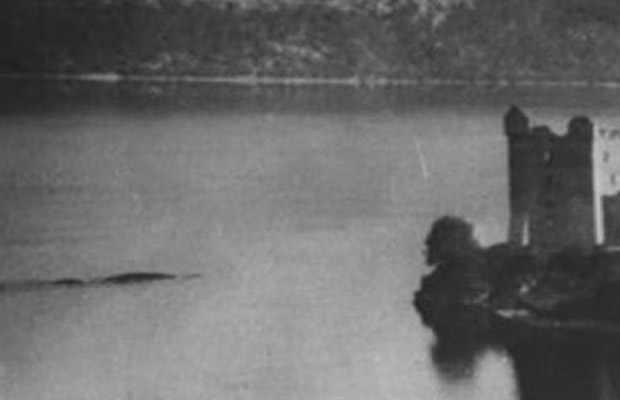
The beginning of a myth
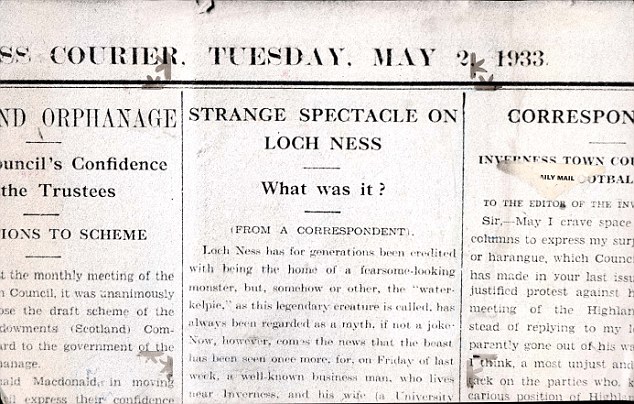
The modern history of Nessie begins May 2, 1933 with the publication of a sensational article in Inverness Courier, a local newspaper. A couple enjoying the beautiful weather around Loch Ness would have been surprised by the appearance of an animal whose description is similar to that of a plesiosaur. The story immediately takes on monster proportions; people rush to Loch Ness to see Nessie and some circus directors even go so far as to offer a huge reward (20,000 pounds) to anyone who captures the beast.
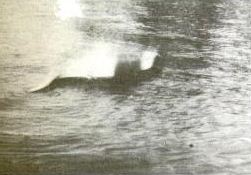
In November of the same year, the legend of Nessie and the Loch Ness reached worldwide notoriety after the first official photograph of the monster, captured by a man named Hugh Gray, was exposed to the entire planet. The image, which is extremely blurred and unconvincing, fails to impress the scientific community which concludes to a Circus freak.
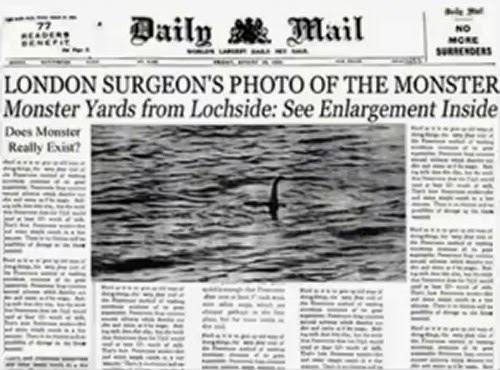
In April 1934, doctor and amateur photographer Robert Kennet Wilson discloses in the Daily Mail a much clearer picture of Nessie where it is possible to see the neck of a monster resembling a plesiosaur.
Many expeditions and appearances
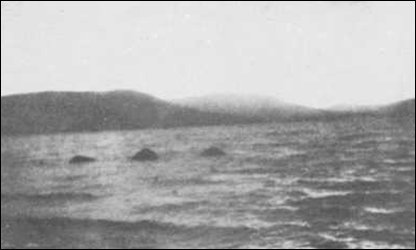
After the Second World War, the legend of the Loch Ness monster seems to be extinguished and it is then that in July 1951, Lachlan Stuart publishes a third shot showing three strange bumps veiling on the waters of Loch Ness.
Stuart's photography was enough to revive interest in Nessie, and in 1958 the BBC sponsored the first Loch Ness sonar observation expedition. The results of the experiment are broadcasted on national television and reveal the presence of a strange mass nearly 7 meters long at the bottom of the lake.
In 1960, Cambridge and Oxford Universities explored Loch Ness lowlands using sophisticated instruments, but their search proved unsuccessful and only concluded to the possible existence of a large body in the Scottish atoll.
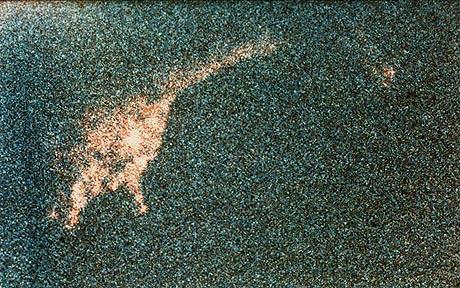
Eight years later, Birmingham engineers probed Loch Ness and mentioned a slowly moving mass in the water. In 1975, inventor and Nessie enthusiast Robert Rines went on a mission to discredit the myth and managed to snap two shots that seem to correspond to the body of a plesiosaur. The Loch Ness research ended in October 1987 when Operation Deepscan still failed to demonstrate the existence of the monster.
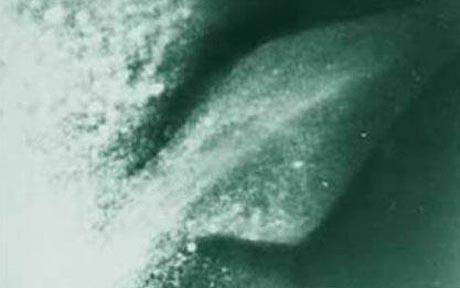
A plesiosaur or a basilosaur?
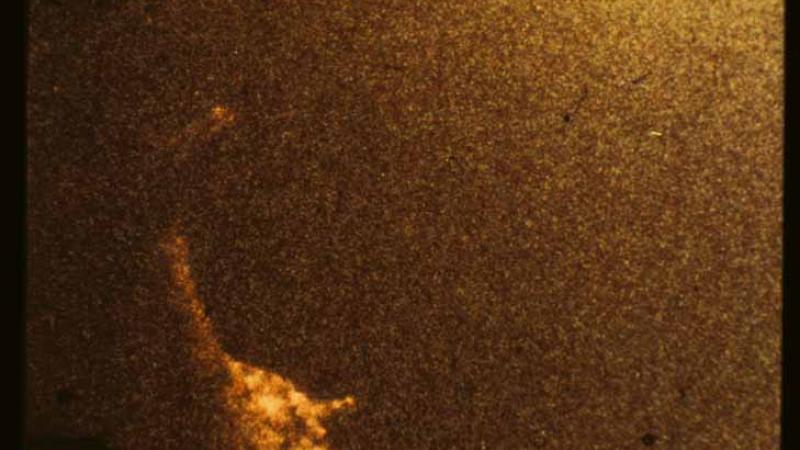
From a scientific point of view, the hypothesis that the Loch Ness monster is actually a plesiosaur is highly improbable. First of all, studies have shown that food resources of the lake can not be enough to sustain a beast of more than 300 kilos. On the other hand, dinosaurs laid their eggs on dry land which would certainly attract the attention of some curious. However, there are no testimonials from people who would've seen Nessie out of the lagoon. Moreover, such an animal could not have survived alone for millennia and must've belonged to a community. But if that were the case, apparitions on Loch Ness would be much more numerous.
The most convincing theory is that the Loch Ness monster is actually a species of basilosaurus, a very ancient cetacean that died tens of millions of years ago. By a series of genetic mutations, Nessie would have managed to survive until today. The craziest people say it's more like a Nazi submarine on a spy mission.









































































































































































































































































































































